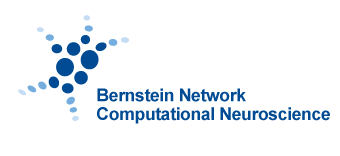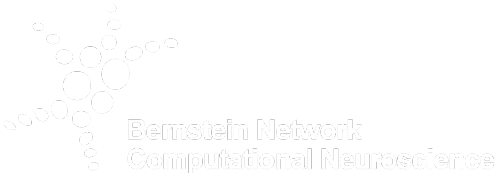What loops and shortcuts in the brain could be shaping our behavior?
From dual system to network: Research team from Chemnitz, Santiago de Chile, and Magdeburg presents a new perspective on how the brain controls actions — and how this understanding could benefit the development of neuro-inspired AI.

Prof. Dr. Fred Hamker, Chair of Artificial Intelligence at Chemnitz University of Technology, is a member of the international research team. Graphic: Jacob Müller
Bernstein member involved: Fred Hamker
When you made your first coffee this morning, did you act on autopilot or did you plan each movement with the goal of coffee in mind? This simple question goes straight to the heart of a central distinction in neuroscience: the difference between actions that are habitual and those that are goal-directed. In a recent paper published in the renowned journal Trends in Neuroscience, Prof. Dr. Fred Hamker (Chair of Artificial Intelligence, Chemnitz University of Technology), Dr. Javier Baladron (University of Santiago de Chile), and Dr. Lieneke Janssen (Otto von Guericke University Magdeburg) challenge this classic distinction. They discuss how interaction between brain loops could efficiently shape our behavior – and potentially that of AI-Transformer models in the future.
Until now, researchers have assumed that our brain operates with two systems that control our thinking and behavior: a fast, automatic system and a slow, deliberate one — known, for example, from Daniel Kahneman’s bestseller Thinking, Fast and Slow. These systems are thought to produce either quick, habitual actions or considered, goal-oriented behavior. However, according to Hamker, Baladron, and Janssen, much of our everyday behavior arises from a complex chain of processes in the nervous system in which both systems are tightly interwoven.
The research team therefore proposes a new model: instead of distinguishing between “habitual” and “goal-directed” behavior, behavior should be viewed on a continuum. At the center of this are the loops connecting the basal ganglia, thalamus, and cortex — recurring circuits in the brain. “These loops enable both goal-directed and automatic behavior. The key factor is how strongly they interact: when shortcuts form within these circuits, behavior tends to become habitual. When all loops are fully traversed, actions remain more goal-oriented,” explains Hamker.
Their insights could also inspire new directions in AI research. The three researchers see parallels between the attention mechanisms of modern transformer networks — the technology that underlies large language models — and context processing in the human brain. “If AI models could in the future make use of habit-like shortcuts, they could become more efficient and energy-saving,” the researchers suggest.
Thus, the work of Hamker, Baladron, and Janssen not only opens up new perspectives on how the human brain functions but also on the future development of intelligent machines.





